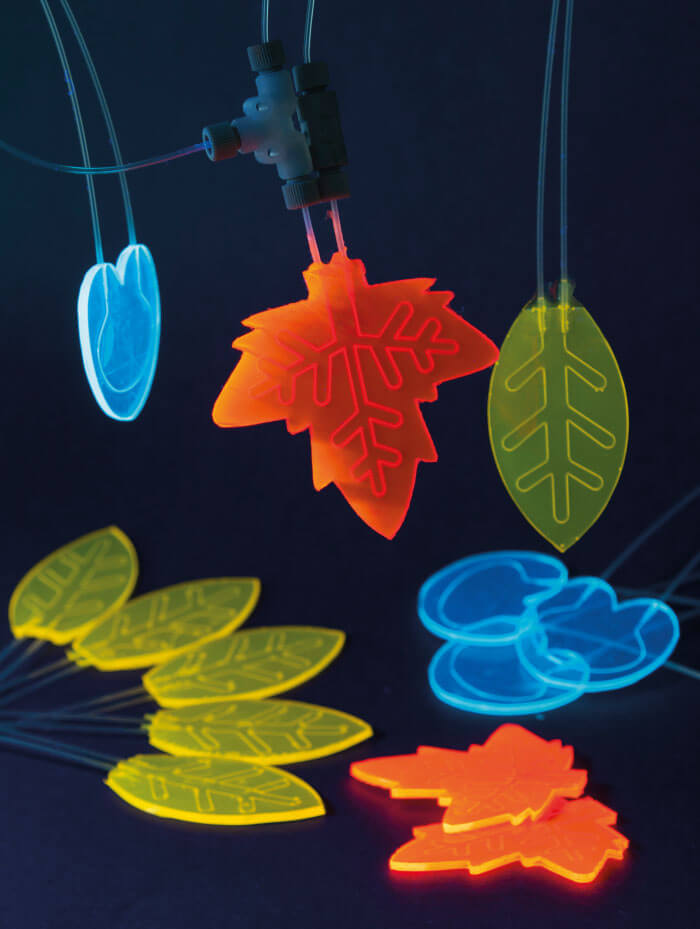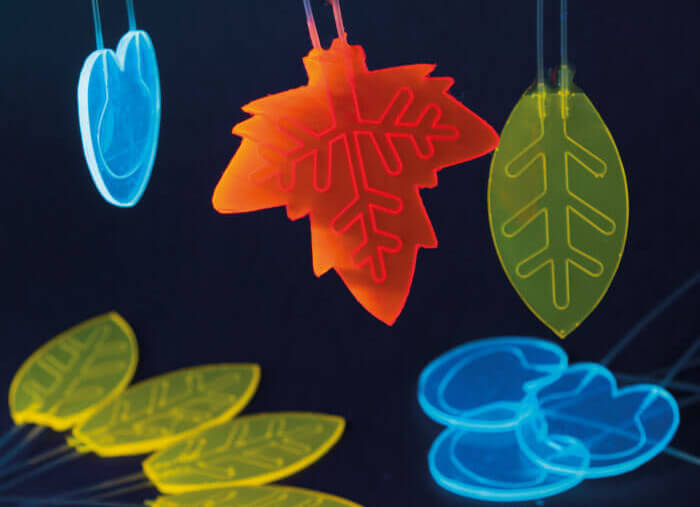Inspired by the way leaves, algae and some bacteria absorb light and focus energy, researchers at the University of Eindhoven in the Netherlands are harnessing solar energy to drive chemical reactions. The team, led by Timothy Noël, has developed a mini-reactor made of polymeric material that absorbs sunlight and converts it into a single color, which can then be directed towards reaction channels (similar to the veins of a leaf) (1). Raw chemical products are fed through the channels and the solar-derived energy facilitates the reaction necessary to create drug molecules.


Noël, an associate professor, who joined the University of Eindhoven in 2012, has been investigating the potential of conducting reactions using light. And though he and his research group initially used LEDs for this purpose, they soon began to explore how more natural sources of energy, such as sunlight, could be used to initiate chemical reactions. A prototype reactor was developed in 2016 and the team has since enhanced its design using PMMA plates and PFA capillaries, a solvent-resistant plastic, and has also incorporated stable dyes to help with the conversion of solar light.
As with any natural resource, sunlight is subject to natural variability, but the team has found a solution. “On a cloudy day, we have less light to work with than on a bright one. To combat this, we created a mini-feedback system that works to keep the conversion and yield the same level,” says Noël. By detecting changes in light intensity in real time, the system can adjust the flow rate of products passing through the reactor channels.
To demonstrate the versatility of the device, the team has produced two drugs – artemisinin (an antimalarial) and ascaridole (an antiparasitic) – but, according to Noël, such reactors could be used to produce a wide variety of different therapeutic products.
“In 1912, an Italian photochemist, Giacomo Luigi Ciamician, described the world’s need to transition from fossil fuels to renewable energy. He also challenged the scientific community to imagine a chemical industry run on solar energy,” says Noël. “With our current understanding of environmental issues, it is clear that we must address this now. But analogous to the mass implementation of solar cells for electricity production, a political push and financial incentives will also be required for the implementation of solar energy in the chemical and pharmaceutical industries.”
References
- T Noël, “Energy‐Efficient Solar Photochemistry with Luminescent Solar Concentrator Based Photomicroreactors”. Available at:https://bit.ly/2Zn03O7. Last accessed: September 24, 2019.




